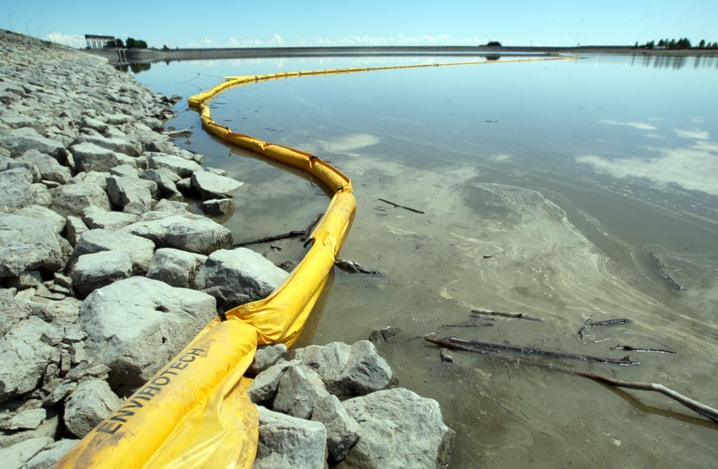A group representing hundreds of family farms is behind an ad that ran Monday in several Alberta newspapers demanding an independent review of pipeline safety.
Another study conducted by the provincial government or official regulators will no longer cut it, said Don Bester of the Alberta Surface Rights Group, a landowners lobby group representing about 1,400 small farms.
“We’re asking for an independent review — away from government, away from the (Energy Resources Conservation Board), away from the National Energy Board,” he said.
The ad, which ran in mainly central Alberta newspapers including the Red Deer Advocate, was signed by 16 other groups. Most were environmental organizations, but the list included the Alberta Union of Provincial Employees.
“We used to have a lot more hands-on monitoring of those pipelines,” said union president Guy Smith, who added inspections have never returned to the levels they were before they were cut by Ralph Klein’s government in the 1990s.
“We used to have a much better system of regulation in place.”
There have been three pipeline spills in Alberta in the last month.
On June 7, up to 475,000 litres of oil leaked from an unused pipeline into the Red Deer River near Sundre, the source of drinking water for many Central Alberta communities, including the city of Red Deer.
Pipeline owner Plains Midstream has mobilized hundreds of workers as well as specialized equipment to clean up the mess.
Last week, a leaky gasket at a pumping station released 230,000 litres of oil near Elk Lake in northeastern Alberta.
And in late May, 3.5 million litres of oil and salt water leaked into muskeg about 20 km southeast of the northern community of Rainbow Lake.
Industry figures show pipelines have released at least 3.4 million litres of hydrocarbons into the environment every year since 2005.
The board says Alberta’s pipeline system has never been safer. It cites statistics that suggest there are only 1.6 leaks for every thousand kilometres of pipeline in the province — a record low level.
Bester said that figure is artificially depressed because it includes pipelines that are no longer in use, as well as many small lines that run to individual farmhouses.
“We’re not concerned about the two-inch natural gas lines, and that’s included in that average,” he said.
Nor do board reports include information on the location of spills or their content.
Premier Alison Redford has been noncommital on the possibility of a pipeline safety review. She said last week that she’ll wait for the board’s reports on the recent spills and will take further steps if necessary.
But Albertans are growing increasingly dubious about the government’s ability to take the kind of hard look that’s required, suggested Bester.
“We have to have an independent regulatory body from government,” he said.
“Industry has a fairly good lobby with government, and it’s just passed down: ’Don’t interfere. Get out there in these public meetings and convince the public how good this is for them.’
“We’re not convinced any more.”
